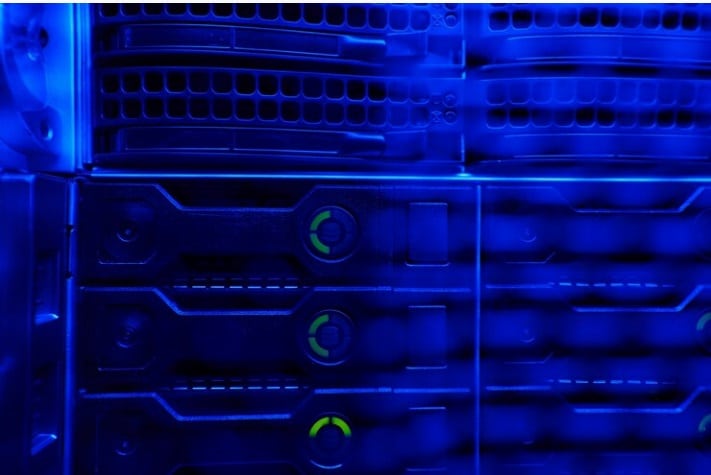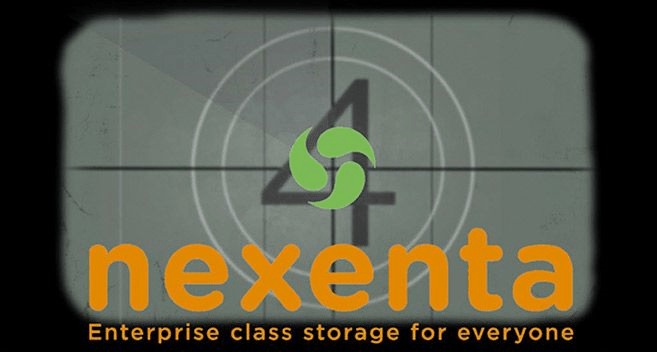Anyone who has been following the InfiniBand market knows that the storage industry has been expecting the technology to help them cluster their storage. However, although InfiniBand is going strong as a server interconnect in high- performance computing (HPC) environments, it still hasn’t made significant inroads into the storage space.
An InfoStor article in February 2006 asked the question, “ Is InfiniBand edging into the storage market?; A more upbeat article, published in November 2006, was headlined, “ Is InfiniBand edging into the storage market? ”,The article you’re reading now could be titled “InfiniBand: Don’t hold your breath.”
In late 2006, we noted that InfiniBand wasn’t taking off in the storage market because the technology hadn’t received validation from the large storage vendors. That’s still the case. However, the advantages of InfiniBand in the server market are the same in the storage market: It’s relatively inexpensive and very fast has low latency.
“InfiniBand is being adopted mainly in HPC environments,” says Josh Goldstein, vice president of product marketing at DataDirect Networks, which supports InfiniBand in its storage systems. “We’re also seeing strong interest in financial sectors, where a millisecond advantage matters in making trading decisions. The healthcare and rich media industries are also interested. InfiniBand is a good fit anywhere latency is a factor, and it’s particularly good for direct memory access [DMA].”
Asaf Somekh, vice president of strategic alliances at Voltaire, an InfiniBand component vendor, says that vendors were talking about InfiniBand and storage too early.
“People talked about InfiniBand and storage for a long time, but the component vendors weren’t actively pushing InfiniBand to the storage vendors,” says Somekh. “We concentrated on servers. We’ve only been addressing storage vendors in the past year or so.”
Somekh adds: “Storage vendors are usually slower in the adoption of new technologies. One reason might be that if they start developing InfiniBand RAID arrays, it will cannibalize their existing products.”
“Storage vendors aren’t going to jump in headfirst unless someone can show them the money,” says Arun Taneja, founder and consulting analyst with the Taneja Group. “If the InfiniBand industry is viewing the storage industry as conservative and slow to act, I disagree. They’re conservative in terms of ensuring products are rock solid before they go to market. The alternative is to be on the bleeding edge, and they’d be out of business in no time.”
So, on one hand, end users are anxious for the technology, and on the other hand, many storage vendors are wary of releasing something that’s better than what they already offer. And analysts say that adoption of InfiniBand depends mainly on large vendors embracing the technology. In the meantime, InfiniBand faces entrenched incumbents such as Ethernet and Fibre Channel.
“Ethernet has been around for a long time and users are familiar with it, so InfiniBand has to build awareness,” says Brett Goodwin, vice president of marketing and business development at Isilon Systems, which offers both Ethernet and InfiniBand connections on its storage systems.
“The most powerful way to get the word out is with customers using InfiniBand,” adds Goodwin.
Cost may wind up being a key factor. Voltaire’s Somekh claims the cost differential between a Fibre Channel HBA with two 4Gbps ports and an InfiniBand adapter with two 10Gbps ports can be 2:1. “InfiniBand is cheaper by about 50%, and yet the performance is more than double,” says Somekh.
An analysis of the InfiniBand market from International Data Corp. (IDC) states that just because InfiniBand hasn’t caught on in the storage arena, it doesn’t mean it doesn’t have value in storage. The report focuses mostly on InfiniBand as it relates to servers, but delivers several important messages regarding storage.
For example, the report states that Ethernet packet drops can create problems for storage protocols and can cause slowdowns in TCP traffic. It also states that “eliminating these types of errors builds a case for InfiniBand. In addition to eliminating packet drops, InfiniBand can provide quality of service [QoS] in the hardware defined end-to-end, which can be crucial for converged-wire networks. This type of QoS is critical to protect storage traffic.”
DataDirect Networks’ Goldstein says, “There is a need for InfiniBand-based storage in any environment that’s latency-sensitive, such as clusters where a lot of CPUs [and storage devices] are passing messages between each other.”
“A number of vertical markets are starting to benefit from InfiniBand storage interconnects, and you’ll see first-tier storage vendors come out with InfiniBand products in the near future,” says Eyal Waldman, CEO at Mellanox, another InfiniBand components vendor.
“We’re already seeing InfiniBand clustering and fail-over mechanisms between filers and controllers, and secondly between the controllers and filers to the storage,” Waldman continues. “And multiple controllers sharing data can use InfiniBand. InfiniBand solves all of the bandwidth issues in terms of clustering on the storage side.”





